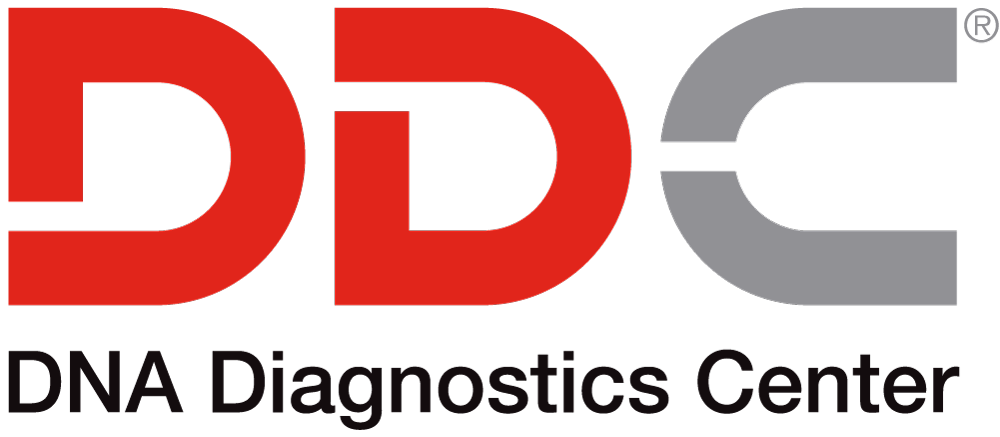JUNE 12, 2023
Getting a NIPP Test? Learn More About the Process

Ordering a Non-Invasive Prenatal Paternity (NIPP) test is an important decision, and DNA Diagnostics Center (DDC) can guide you through the process. A NIPP test is a highly accurate test that can determine the biological father of a baby before birth, as early as 7 weeks of pregnancy. Here’s a step-by-step overview of what you can expect when choosing NIPP testing with DDC:
Step 1: Choosing a NIPP Test Provider
Select a reputable provider like DNA Diagnostics Center (DDC) for your NIPP test. Ensure they have a strong track record, AABB and ISO 17025 accreditation, and offer excellent customer service. You will undoubtedly have questions, and a reputable provider will be able to guide to through a fast, seamless experience with collection options that meet your needs.
Step 2: Ordering Your NIPP Test
To begin, contact DDC to discuss your situation and select the best testing options to meet your needs. You will also have the option to include the gender of your baby included in your report for no additional fee. When you order your test, we will make all of your collection arrangements for you – sometimes as soon as the same day. There are several sample collection options available (see below), and your representative will guide you through these options. A deposit is required to schedule these appointments, and payment plans are available through Affirm with low monthly payment options.
CALL NOWStep 3: Sample Collection
When it comes time for the mother to provide her blood sample and the potential father to provide his DNA sample, there are several options.
Option A: The Standard Collection Process
The mother’s sample will be collected via a simple blood draw, which contains tiny fragments of the baby’s DNA. The mother’s sample will be collected in person at one of our 5000+ testing facilities nationwide within the DDC network. Testing can be performed as early as 7 weeks of pregnancy, and the pregnancy must be a single baby (not twins or multiples, as NIPP tests are not validated for twins/multiples). There is no risk to the baby during this collection.
The possible father typically provides his DNA sample in person at the same appointment. The father’s sample is collected via a painless cheek swab. You can arrange separate appointments if desired, in either the same clinic or a different clinic if the potential father does not live nearby. Our experienced representatives will make all the arrangements for you when you order your test.
Option B: At-Home Male Sample Collection
Alternatively, we can ship a cheek swab kit to the potential father, who can collect his DNA at home. The mother can then take his sample to her blood collection appointment, and the collection provider can submit the two samples together. Please note that we cannot ship home collection kits to an address in New York state, due to New York state laws prohibiting at-home DNA tests.
Option C: Discreet Male Sample Collection
In many cases, pregnant women who are unsure about the biological father of their baby prefer to conduct a prenatal paternity test discreetly, without involving additional parties. With NIPP testing, it is possible to collect a potential father’s DNA from a variety of sources and use it as the necessary testing sample. If you choose to use a discreet sample for a NIPP test, we will first test it for viability.
A viability test ensures there is enough genetic material on the provided sample to use it for DNA testing purposes. Many types of samples can be used for NIPP testing, including:
- Blood on a Tissue, Bandage, or Clothing
- Fingernails/Toenails
- Ear Swabs
- Cigarette Butts
- Mucus on a Tissue
- And More
If the provided sample is viable (contains enough DNA to be used as a sample), we will move the process forward and continue to test. If the sample is not viable, you can submit a different one or have the potential father send in a cheek swab sample.
Step 4: Receiving Your Results
The sample collector will send the mother’s blood to a laboratory, where the free-floating fetal DNA cells will be extracted and analyzed. After the cells are extracted and analyzed, the laboratory will compare the fetal DNA to the DNA of the potential father and determine if a match exists.
Once the results are determined and then reviewed by our in-house Ph.D. team, a technician will prepare your results report.
You can expect results in three business days when you choose the expedited shipping option. You will get an email notification as soon as your results are ready. The email will provide you with a link. From there, the link will prompt you to log in to a secure portal where you can view and download your results.
Step 5: Understanding Your NIPP Test Results
If you opt for a court-admissible test, your results will display the names of the tested parties. If your NIPP test is not admissible in court, your results will not display the names of the tested parties. Instead, your results will show a case number and use the terms “MOTHER” and “alleged FATHER.”
When you review your results, there are three key areas to review: (1) Probability of Paternity, (2) Gender (if desired), and (3) the conclusion. just below. For both types of tests, the testing process itself is exactly the same, and you can rest assured that the results are accurate for the samples provided.
Probability of Paternity
If the testing determines that the tested man is considered the biological father, the probability of paternity will be at least “>99.9%”. If he is not considered the biological father, the probability of paternity will be 0%.
The probability of paternity can never be 100%. To guarantee paternity at 100%, we’d have to also test every man in the world with the same racial background, which is of course not possible.
Gender
If you elected to have the gender included on your report, the report will read “male” or “female”, indicating the sex of the baby. This is completely optional.
Conclusion Sentence
If the tested man is the biological father, the sentence will read “The alleged father is not excluded as the biological father of the fetus.” If he is not the father, it will read “The alleged father is excluded as the biological father of the fetus.”
Court-Admissible NIPP Testing
The results of a NIPP test can be admissible in court depending on which sample collection method you select.
What Makes a NIPP Test Court-Admissible?
A NIPP test will only be considered court-admissible if a specific chain-of-custody process is followed. Our standard collection process adheres to this chain-of-custody and is AABB accredited (see option A above). This method ensures that DNA samples cannot be tampered with and that those who provide them are who they claim to be.
While the above options B and C provide the same service and accuracy as the court-admissible option, we cannot verify that the male sample was not tampered with. Because the DNA samples are taken at home or discreetly rather than in a medical facility, no chain-of-custody process is followed.
If you are interested in NIPP testing to establish paternity for legal purposes, the potential father would need to provide a DNA sample willingly and in person. If admissibility in court is not necessary for your situation, at-home or discreet male sample collection could be the option for you.
About DNA Diagnostics Center (DDC)
DNA Diagnostic Center is the world leader in paternity and relationship testing. We serve healthcare professionals, government agencies, and individuals around the world to determine family relationships with trusted accuracy.
More Questions? Don’t hesitate to call us: we’re here to help!
CALL NOW




